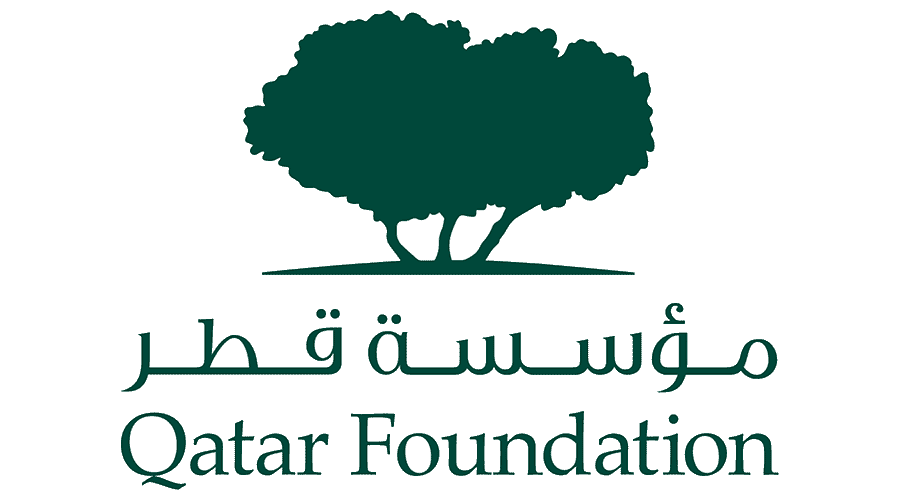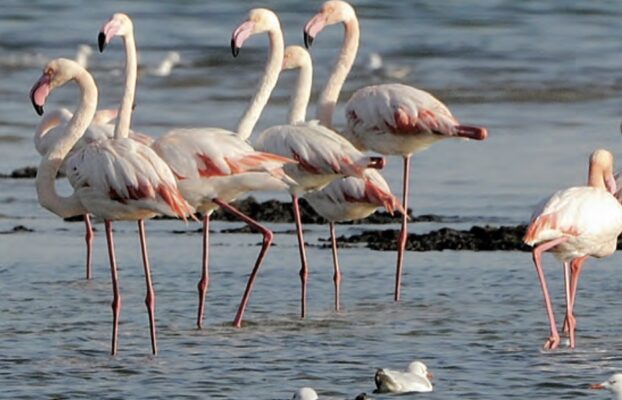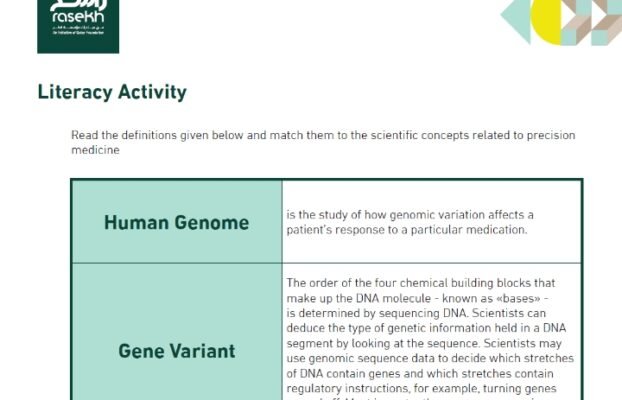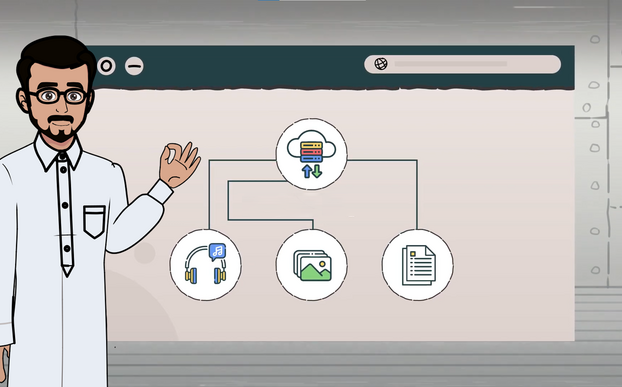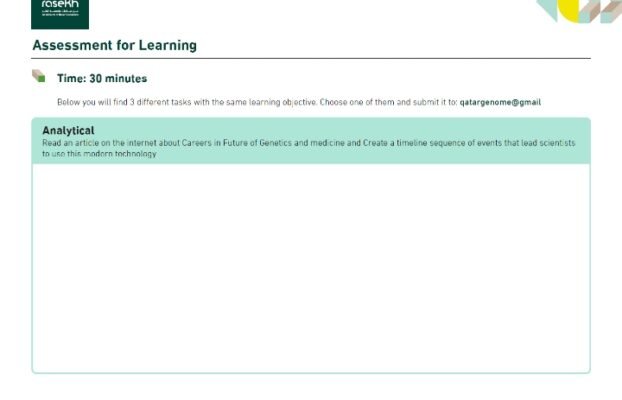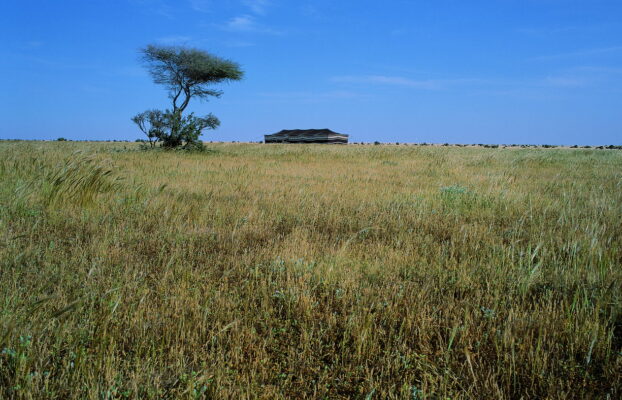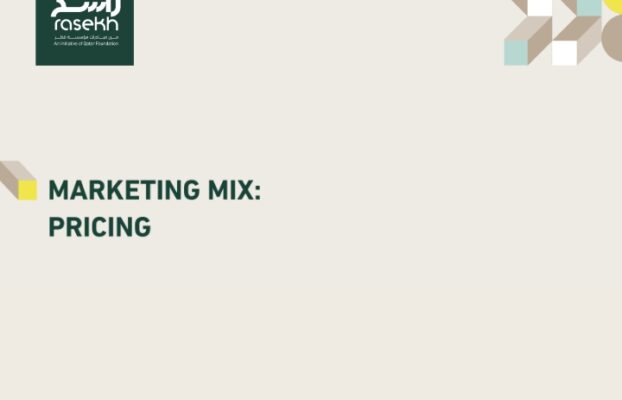The Sidra Tree
The National Significance of the Sidra Tree
-
Culture and Heritage
QNV 2030: Qatar National Vision 2030
-
Resource Plan
-
SDG 3: Good Health and Well-Being, SDG 4: Quality Education
-
16 - 17 years
-
Language(s), Qatar History, Science
-
Resource ID: 15463
- Share Feedback Embed Resource
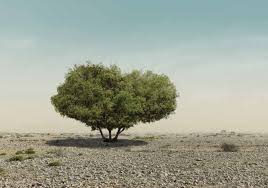
Overarching Goal(s)
- To equip learners with the knowledge, skills, motivation and understanding to demonstrate the importance of Glocalization as a sustainable model for learning.
- To inspire students to act sustainably from both local and global perspectives.
Learning Outcomes
- Learners describe, explain, and interpret the characteristics, structures and interactions of a theme, group, project, or organization related to glocalization.
- Learners discuss, plan, and evaluate learner-initiated-action in a sustainable way.
- Learners develop lifelong skills which support their sustainable actions.
- Learners reflect on the impact of their actions and demonstrate their understanding of the action as related to sustainability.
Possible Duration (Hours)
9 hours
Qatar National Vision 2030 Connection
Qatar National Vision 2030:
English: https://www.gco.gov.qa/en/about-qatar/national-vision2030/
Arabic: https://www.gco.gov.qa/ar/about-qatar/national-vision2030/
Source: Government Communications Office (2023). Qatar National Vision 2030. [online] Government Communications Office. Available at: https://www.gco.gov.qa/en/about-qatar/national-vision2030/
Sustainable Development Goals (SDGs) Connection
SDG 3: Good Health and Well-being
SDG 4: Quality Education: The lesson will have aspects of promoting and raising awareness to sustain good health and wellbeing.
The teacher will ask students to investigate how the SDG 3 and SDG 4 goals can provide quality education and good health; wellbeing in relation to the native Sidra Tree.
The 17 Sustainable Development Goals, United Nations
English: https://sdgs.un.org/goals
Arabic: https://sdgs.un.org/ar/goals
Source: United Nations (2024). The 17 Sustainable Development Goals. [online] United Nations. Available at: https://sdgs.un.org/goals
Action Learning Outcomes
- Learners discuss, evaluate, and plan student-initiated activities.
- Learners become more aware of their own strengths and areas for growth.
- Learners undertake challenges that develop new skills.
- Learners persevere in action.
- Learners consider the ethical implications of their actions.
Content
The content of the lesson tool revolves around identifying and understanding the benefits of the Sidra Tree and exploring own research/scientific investigation.
Resource Utilization and Identification: Qatar Foundation; HBKU press journal article.
Subject Matter: Language(s) to discuss and share knowledge about the cultural connections of the Sidra Tree, and Science to explore own scientific research investigation/experiment on the Sidra Tree.
Glocalization Connections: Connect the need to ensure high quality education, promoting good health and wellbeing, sustainability while preserving cultural and heritage connections.
Differentiation: Planning own scientific research investigation/experiment in mixed ability groups, in pairs or groups of 3.
Critical Thinking: Encourage students to critically analyze an abstract journal article.
Real-world Application: Discuss and explain the benefits of the Sidra leaves and how they are used locally and/or globally.
Strategies
The strategies employed in this lesson tool are designed to foster analyzing, critical thinking, inquiry, collaboration, and innovative engagement. They include visible thinking routines, responsive pedagogy, and problem-solving approaches to adapt to students’ needs and encourage active participation. Students apply meaningful learning experiences that connect to sustainable measures when planning their own scientific research investigation/experiment.
Responsive and Adaptive Pedagogy: Adjust the pace and level of guidance based on student responses and engagement.
Visible Thinking Routines: Implement the “Think, Pair and Share” visible routine to stimulate critical thinking and discussion. Encourage students to discuss, share what they already know about the Sidra Tree.
Inquiry: Encourage students to inquire about the local/global cultural significance and benefits of the Sidra Tree’s leaves.
Collaboration: Facilitate a class discussion forum where students can share and compare their responses, promoting collaboration and the exchange of diverse perspectives.
Assessment for and as Learning: Use formative assessments for student responses and scientific research investigation/experiment plans.
Problem-Solving: Ask students to identify and propose solutions to challenges in their scientific research investigation/experiment plans.
Learning Experiences
Learning Engagement 1: Benefits and Significance of The Sidra Tree
Learning Objective: To read, analyze and comprehend an abstract from a journal article about the investigation and research findings on The Sidra Tree.
Introduction and context setting
Students will use the ‘’Think, pair and share’ visible routine.
Think: Students will think individually about what they already know about the Sidra Tree.
Pair: The teacher will provide the questions below to students and they will discuss the questions together taking turns to listen and speak to each other.
Share: The students will share in pairs their perceptions taking turns to speak and listen to each other.
Student friendly questions:
What type of tree is a Sidra Tree?
Have you seen a Sidra Tree before? Where?
What do you know about the Sidra Tree?
Does the Sidra Tree grow across countries, or only in certain countries? Explain your answer.
Explain the photosynthesis of plants and trees. How much water do you think the Sidra Tree requires to flourish?
What is the scientific process for trees to grow?
How do you think the Sidra Tree can grow in the desert environment?
Do you think there are any healing benefits that can be provided from the Sidra Tree’s leaves or flowers? Explain your answer.
How is the Sidra Tree connected to the history of Qatar and how does it connect to Qatari culture, heritage and education?
What can the Sidra Tree provide in hot climates?
What is the Islamic significance/reference of the Sidra Tree?
Reflection journal:
A reflection journal is useful for students to refer to as they work on future projects, or as reminders to enhance their knowledge and understanding. The students will be encouraged to add their thoughts, responses and notes in their reflection journal.
Teacher instructions: provide students with the following article abstract, Jaganjac, M. (2013), ‘The sidra tree: profiling of proteins and small molecules using high resolution accurate mass protocols. https://www.qscience.com/content/papers/10.5339/qfarf.2013.BIOP-020, QScience, Qatar Foundation Annual Research Forum, Volume 2013, Issue1, Hamad bin Khalifa University Press (HBKU Press) and Resource 1: Read, analyze and comprehend an abstract journal article about The Sidra Tree: https://rasekh.qa/wp-content/uploads/2024/08/Resource-1_-Abstract-Journal-Article-Comprehension-.pdf
Student instructions: Students will work in pairs to read and answer the questions carefully from Resource 1, using scientific terminology and their own words to demonstrate understanding.
The teacher will then facilitate a class discussion on students’ responses, and ideas for their own scientific research about The Sidra Tree.
Learning Engagement 2: To Plan a Scientific Research Investigation/Experiment about the Sidra Tree.
Learning Objective: To plan a scientific research investigation/experiment about the Sidra Tree.
The research will be based on students own interests on what they want to explore about the Sidra Tree.
The teacher will inform the students that they will plan their scientific research investigations/experiments on what they want to find out about The Sidra Tree. Students can work in pairs or small groups of three, and they will need to include the scientific processes and terminology. Examples might include: Investigating the health benefits of Sidra leaves, Islamic and cultural benefits of the Sidra Tree’s leaves or fruits, Sidra Tree leaves used as an oil remedy, Sidra Tree leaves used to produce honey; The growth and durability of Sidra Trees.
Conducting science experiments using the Sidra leaves, and safety tips:
The plan is important, and any experiments that the students conduct must be checked with the teacher to ensure the feasibility and safety aspects of the experiment. It needs to be school aligned with supervised science laboratory conditions, and safe scientific equipment when experimenting.
The teacher will facilitate to ensure safe equipment and a safe, supervised environment is used for their investigation, available school, and educational resources to support students and availability of Sidra leaves. They can be found in supermarkets and Souqs, but ensure they are organic and authentic. Relatives or members of family will also support in finding Sidra leaves that are available locally for their investigation.
The students will be encouraged to take photos and record their observations, results and findings when conducting any science experiment to share in their presentation.
Differentiation: Students work in mixed ability pairs, or small groups. It is recommended that students working in small groups have no more than three students in each group, to ensure student’s full potential is demonstrated, and safety is supervised.
Presentation
The students will share and explain their plans and any findings using scientific terminology. Peers will provide positive feedback.
Checking for Understanding
Learning Engagement 1: Benefits and Significance of The Sidra Tree
Check students understanding by identifying their responses from the ‘Think, pair and share’ activity, and the journal article responses from Resource 1.
Learning Engagement 2: To Plan a Scientific Investigation about the Sidra Tree.
Scientific processes and terminology applied to their plan and experiment.
Differentiation: Mixed ability groups
Key Vocabulary
analyze, culture, healing, health, heritage, investigation, medicinal benefits, molecules, nutrients, significance, protein, research, Sidra tree, sustainability
Resources
Resource 1: Read, analyze and comprehend an abstract journal article about The Sidra Tree: https://rasekh.qa/wp-content/uploads/2024/08/Resource-1_-Abstract-Journal-Article-Comprehension-.pdf
Abstract from journal article: https://www.qscience.com/content/papers/10.5339/qfarf.2013.BIOP-020,
Morana Jaganjac (2013). The sidra tree: Profiling of proteins and small molecules using high resolution accurate mass protocols. Qatar Foundation Annual Research Forum Volume 2013 Issue 1. doi:https://doi.org/10.5339/qfarf.2013.biop-020.
Resource Publisher
Qatar Foundation
Qatar Foundation (QF) is a not-for-profit organization where centers and programs focused on education, research and innovation, and community development intertwine for the benefit of Qatar and the world.
